Military technology has continuously evolved, with nations investing in advanced defense systems to maintain security and strategic superiority. From high-speed reconnaissance aircraft to state-of-the-art submarines and missile defense systems, these cutting-edge military vehicles come with significant price tags but provide unparalleled operational capabilities. Here’s a look at some of the most expensive and technologically advanced military vehicles ever developed.
THAAD System: A High-Tech Missile Defense Shield
The Terminal High Altitude Area Defense (THAAD) system is a sophisticated missile defense system designed to intercept and neutralize short, medium, and intermediate-range ballistic missiles. Unlike traditional missile defense systems, THAAD operates at high altitudes, intercepting threats in their terminal flight phase. This technology plays a crucial role in strengthening national security by providing a defensive shield against potential aerial threats.
Virginia-Class Submarine Block III: USS Missouri (SSN-780)
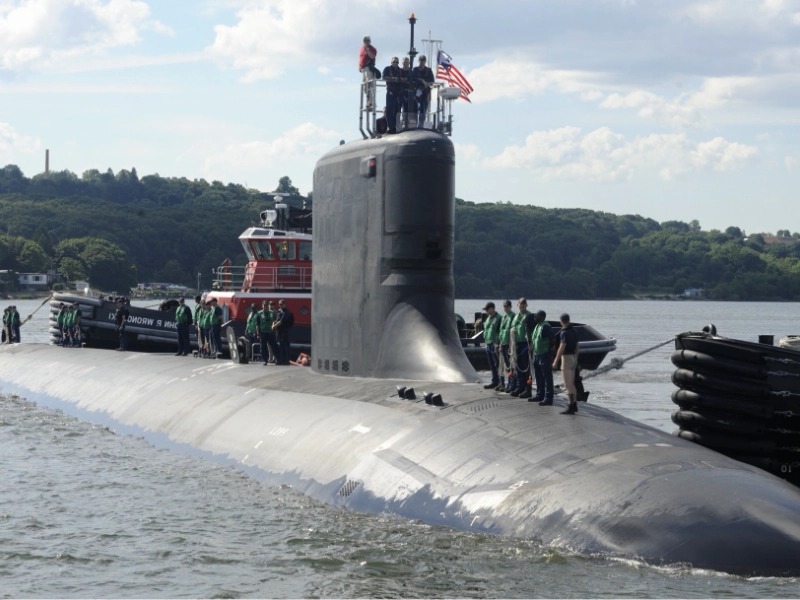
- Entered Service: 2010
- Manufacturer: General Dynamics Electric Boat & Huntington Ingalls Industries
- Cost: Estimated at $2.7 billion
The USS Missouri (SSN-780) represents a new generation of Virginia-class submarines, designed for stealth, intelligence gathering, and combat operations. Equipped with advanced sonar and missile systems, it can detect and neutralize threats while remaining undetected. This high-tech submarine plays a vital role in underwater warfare, surveillance missions, and missile deterrence strategies.
P-3C Orion: Maritime Patrol and Surveillance Aircraft
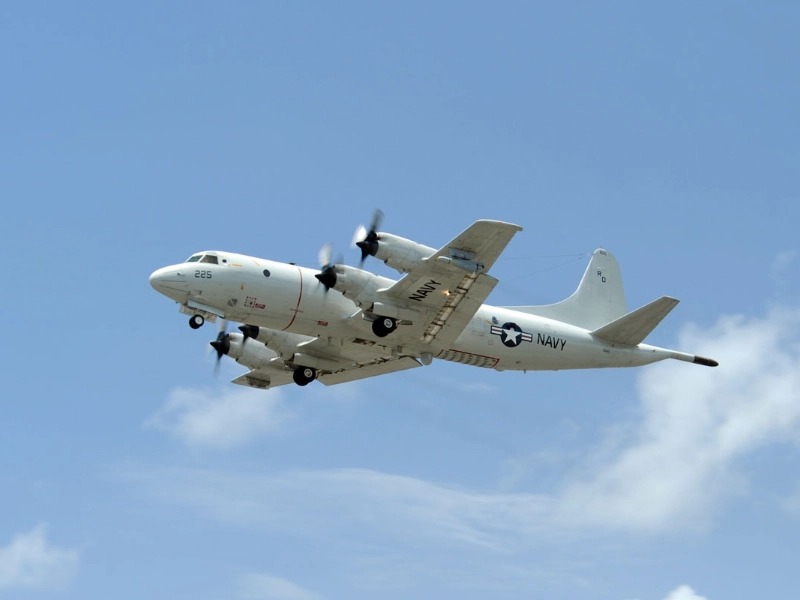
- Entered Service: 1968
- Manufacturer: Lockheed Martin
- Cost: $36 million per unit
The P-3C Orion is a long-range aircraft used for maritime surveillance, reconnaissance, and anti-submarine warfare. This aircraft has undergone multiple upgrades, with the Block III variant improving efficiency and operational readiness. Armed with state-of-the-art sensors and Tomahawk missiles, the Orion is a critical component in securing naval borders and monitoring underwater threats.
MQ-8 Fire Scout: An Autonomous Helicopter for Reconnaissance
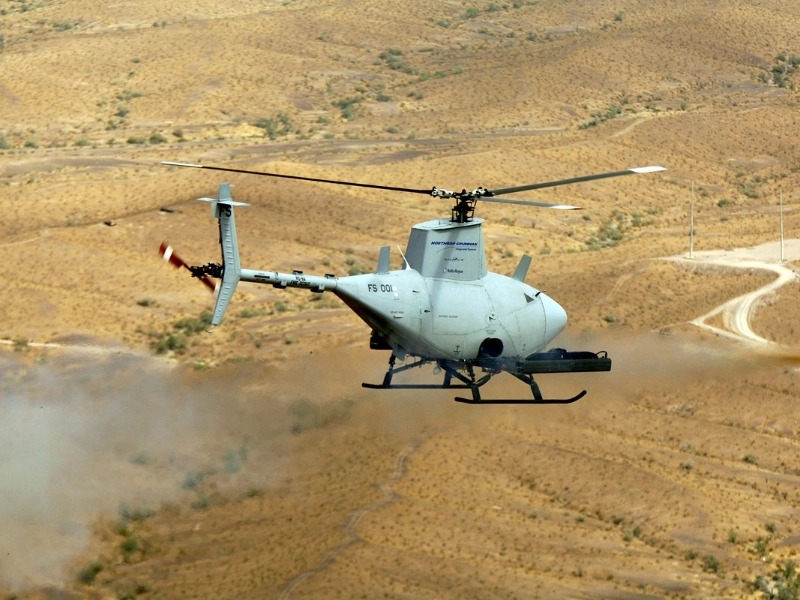
- Entered Service: 2009
- Manufacturer: Northrop Grumman
- Cost: $15.3 million per unit
The MQ-8 Fire Scout is an unmanned rotary-wing aerial vehicle designed to provide real-time intelligence, reconnaissance, and targeting capabilities. With advanced sensors and autonomous flight features, it can operate from naval vessels, extending surveillance reach without endangering human pilots. Its ability to gather intelligence in challenging environments makes it a key asset in modern military operations.
SR-71 Blackbird: The Fastest Reconnaissance Aircraft
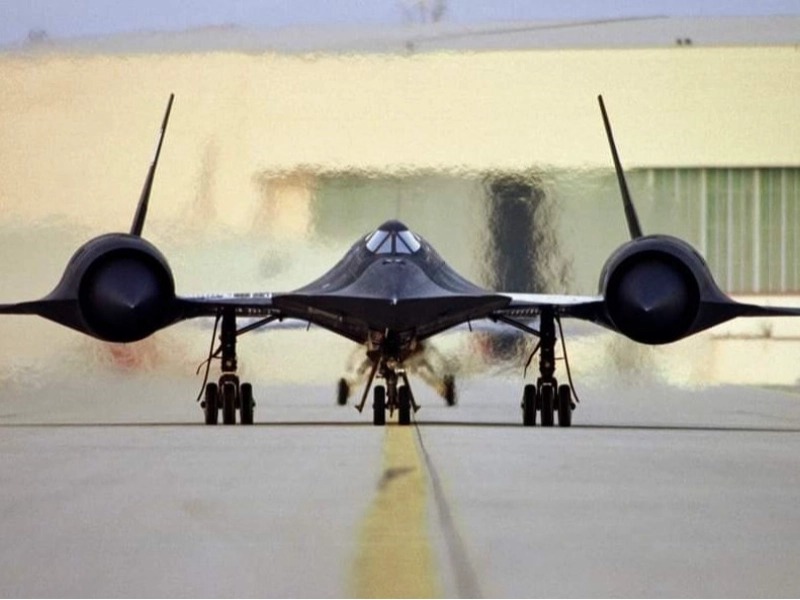
- Entered Service: 1966
- Manufacturer: Lockheed Martin
- Cost: $34 million per unit
The SR-71 Blackbird remains one of the most legendary reconnaissance aircraft in history. Capable of reaching Mach 3 speeds and flying at altitudes over 85,000 feet, it could outrun enemy defenses and collect critical intelligence. Its sleek design and heat-resistant materials made it an engineering marvel, and its contribution to military surveillance remains unparalleled.
Trident II D5: The Backbone of Submarine-Launched Missiles

- Entered Service: 1990
- Manufacturer: Lockheed Martin
- Cost: $37.3 million per missile
The Trident II D5 is a submarine-launched ballistic missile (SLBM) that serves as a key element in the U.S. Navy’s nuclear deterrence strategy. Designed with multiple independently targetable reentry vehicles (MIRVs), it allows a single missile to hit multiple targets with precision. With a range exceeding 7,500 miles, it ensures long-range strategic deterrence.
MQ-4C Triton: A Game-Changing Maritime Surveillance Drone
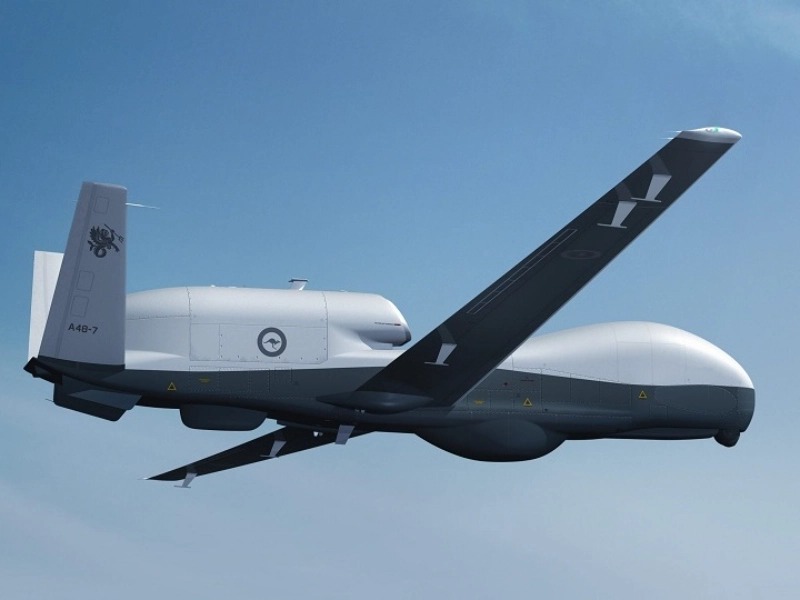
- Entered Service: 2018
- Manufacturer: Northrop Grumman
- Cost: $120 million per unit
The MQ-4C Triton is a high-altitude, long-endurance (HALE) unmanned aerial system (UAS) designed for maritime surveillance. With a wingspan exceeding that of a Boeing 737, it can fly at 55,000 feet and monitor vast oceanic areas for extended periods. Triton’s advanced sensors and real-time intelligence capabilities make it indispensable for naval operations and coastal security.
USS John F. Kennedy (CVN-79): The Future of Aircraft Carriers
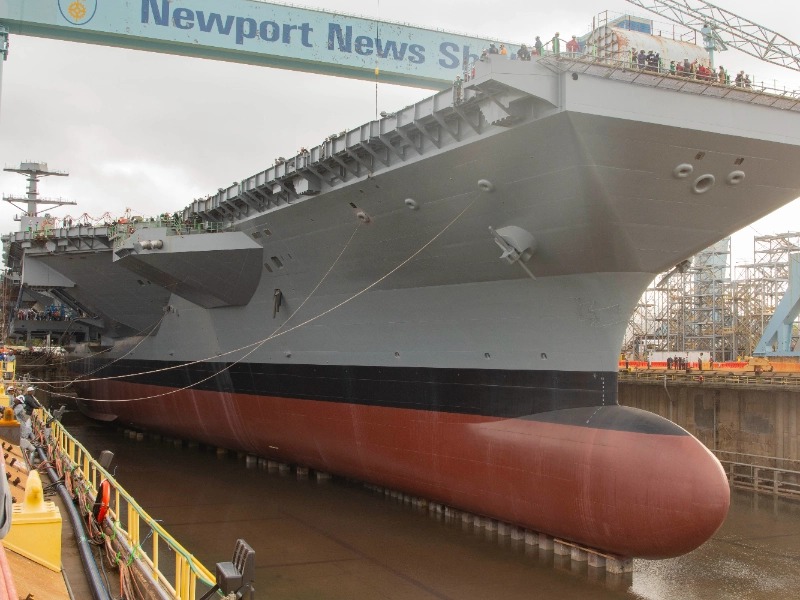
- Expected Commissioning: 2024
- Manufacturer: Huntington Ingalls Industries
- Cost: $11.33 billion
The USS John F. Kennedy (CVN-79) is the second Ford-class aircraft carrier, incorporating electromagnetic aircraft launch systems (EMALS) and next-generation nuclear reactors. These features enhance operational efficiency, allowing the carrier to launch aircraft faster while reducing maintenance costs. As one of the most advanced carriers ever built, the CVN-79 will play a crucial role in global naval operations.
SH-60 Seahawk: A Versatile Naval Helicopter
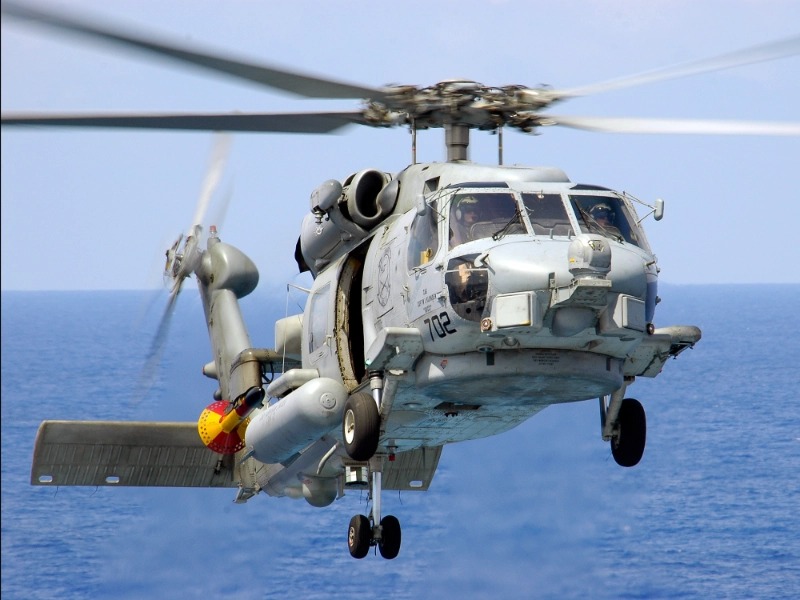
- Entered Service: 1984
- Manufacturer: Sikorsky Aircraft
- Cost: $28 million per unit
The SH-60 Seahawk is a highly adaptable helicopter used in anti-submarine warfare, search and rescue, and maritime surveillance. Designed to operate from aircraft carriers and destroyers, it is equipped with cutting-edge avionics and powerful engines, making it an essential tool for naval forces worldwide.
Boeing P-1: Japan’s Next-Generation Maritime Patrol Aircraft
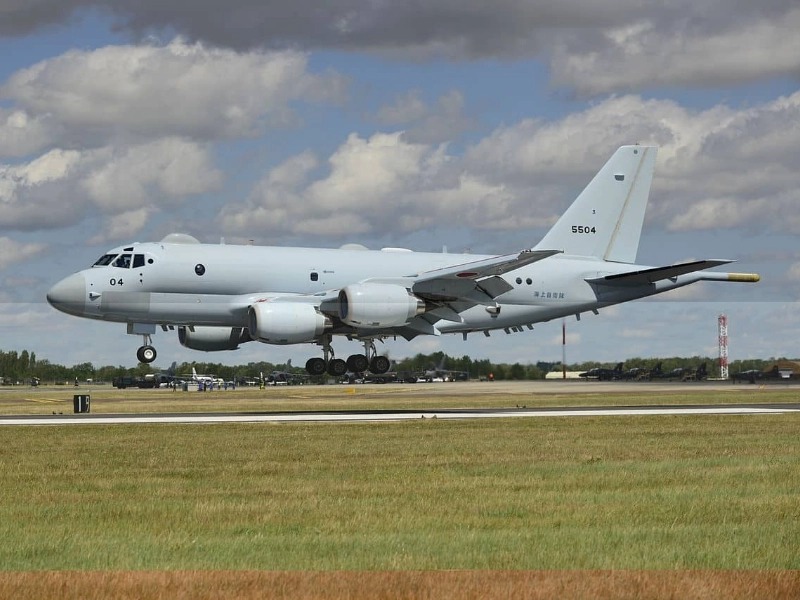
- Entered Service: 2013
- Manufacturer: Kawasaki Heavy Industries
- Cost: $140 million per unit
Developed for Japan’s maritime defense, the Boeing P-1 is a cutting-edge patrol aircraft that replaces aging P-3C Orions. With state-of-the-art radar systems, advanced sensors, and extended operational range, the P-1 is designed to enhance anti-submarine warfare, surveillance, and reconnaissance missions.
MQ-3 Triton: The Future of Aerial Surveillance
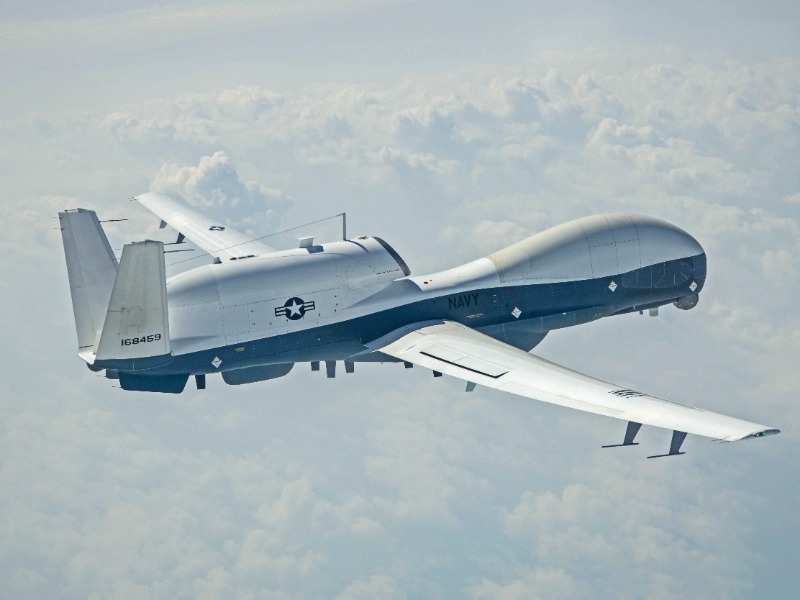
Investing in advanced military vehicles is a necessity for national security and defense preparedness. These high-cost projects provide unmatched technological capabilities, ensuring protection from threats in the air, land, and sea. As defense technologies continue to evolve, nations will continue to invest in cutting-edge military innovations, shaping the future of modern warfare.
Leave a Reply